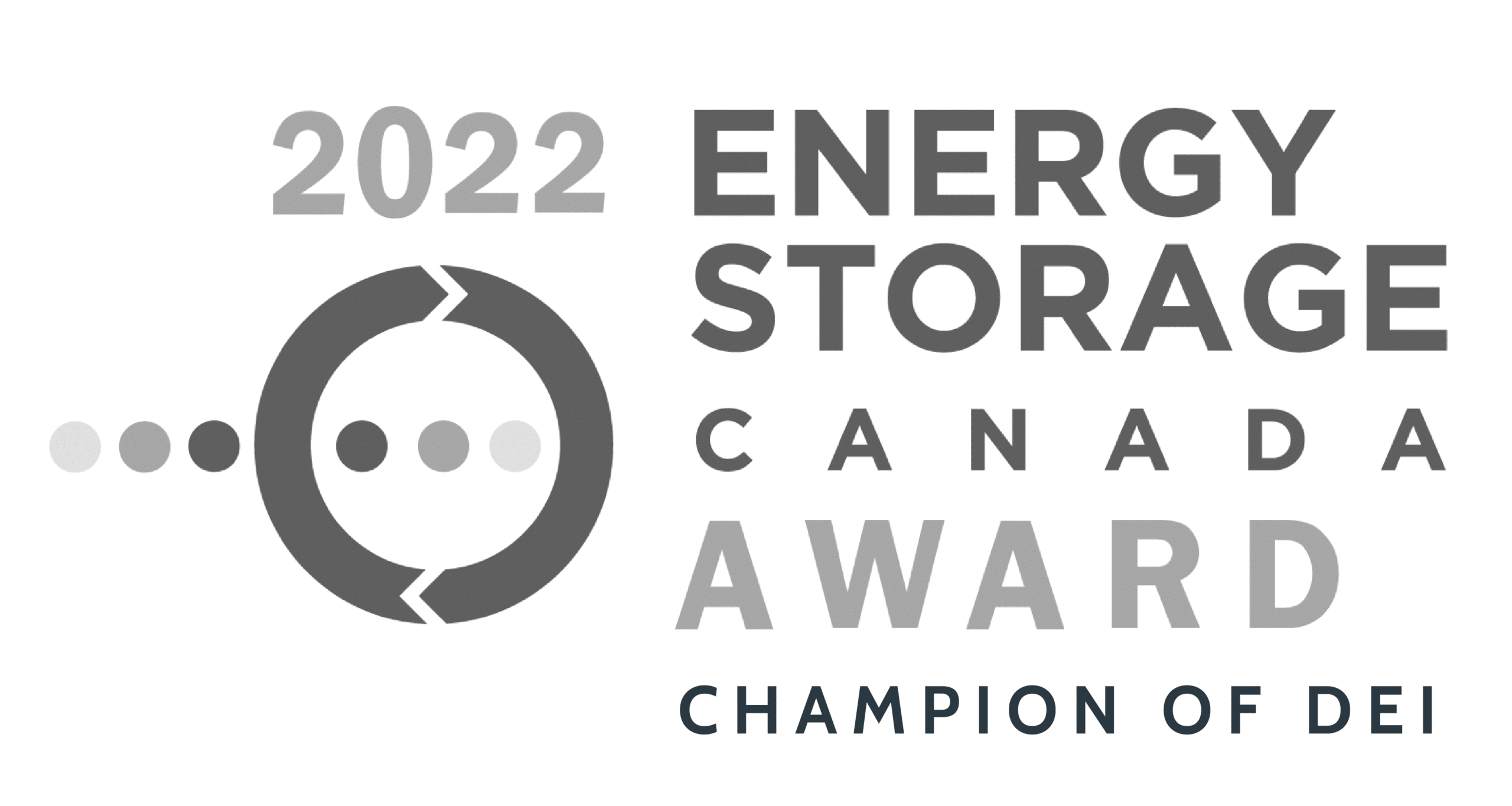Commercial real estate owners are being pressured by investors and tenants to take measurable action towards the threat of climate change. Many believe the danger of climate change is mitigated by performing ESG reporting. ESG (Environmental, Social, and Governance) reporting highlights a company’s sustainability, risk, and social responsibility. Commercial real-estate owners, regardless of size, must report their greenhouse gas (GHG) emissions and other factors that can affect long-term value for stakeholders. The push towards a better climate puts building owners in the middle of a “green sandwich.” Owners are feeling squeezed from both tenants and investors to deliver ESG reporting
Tenants Want Owners to ‘Go Green’
Large and small tenants are requesting ESG reporting from their building owners, due to environmental factors. Larger tenants that rent out an entire building, or several buildings, have their own sustainability goals in mind. For example, they may be looking to quantify their scope 2 and scope 3 emissions. Major tech companies like Google, Amazon, and Facebook have voiced their support for net zero climate action. These conglomerates often impact government policies and have a large influence on international decisions. This puts pressure on building owners to communicate tangible results to meet their needs. Many smaller tenants are encouraging building owners to have greener spaces. They also want owners to expand their reporting efforts to touch on potential risks and sustainability efforts. There has been an increase in tenant demand for improved operations in buildings and better climate risk resilience. Some landlords are offering “green” sustainability-oriented rental contracts. The rental stipulations are often associated with the equipment and ecological use of the property.

On the bright side, building owners can get higher rental income from ESG reporting, which compensates for increased spending. The reporting can mean better performing properties and less rent reductions. With ESG measures in place, tenants have less of a reason to leave or ask for alterations to the rent. Other ESG-related actions can mean lower operating costs and an opportunity to get a better return on investment.
The Rise of ESG in Response to Investors Demands
To help maintain and improve their investment portfolios, investors are requesting ESG reporting from building owners. The demand for buildings designed to prioritize the health and wellness of occupants will only increase going forward. Investors are even willing to opt out of investments if certain environmental protocols are not in place for the building. 35+ stock exchanges have issued ESG reporting guidelines for individuals and businesses to follow. With this information, investors are seeking to increase the percentage of their portfolios that receive certifications from accredited environmental organizations. Having a smaller impact on the environment can decrease the investment risk of the property. It can also help deter environmental fines and meet local regulations. Investors wanting to avoid risk and litigation, and maintain a sustainable portfolio, puts pressure on building owners.
The Politics and Economics of Climate Change
The government has also put weight on building owners to keep up with ESG reporting. Local regulations are implementing fines for carbon emissions at a building level. These efforts are directed from the Government of Canada, the UK, and most recently, the US Federal reserve. Governments at all levels want to quantify and decarbonize their jurisdiction. This is in line with the Paris Climate objectives. In 2021, major policy shifts were announced towards green finance. The Network of Central Banks and Supervisors for Greening the Financial System (NGFS), has also seen an increase in membership since the Paris Climate Summit. ESG reporting can help reduce the risk of unforeseen litigation and expenses.
If the “green sandwich” consists of tenants and investors demanding ESG results, then government and financial policies are like the “side salad.”

These issues play into a bigger picture as buildings are responsible for 40% of global energy consumption! Along with melting ice caps, rising sea levels and extreme weather, there is an increasing risk involved in not taking action against climate change. Humanity is at a “Code Red” based on the latest IPCC report conducted by the United Nation’s Intergovernmental Panel on Climate Change. The cost of inaction against climate change is growing by the day, and tangible actions are needed now. The biggest factor that can make a difference is cutting greenhouse gas emissions to help stabilize temperatures, while also supplementing infrastructure with clean technology.
How ESG Engagement Helps Create Value
Building owners will want to partner with a company that can support developing and meeting their ESG reporting goals. Peak Power’s GridPredict can help any building optimize energy usage, assess sustainability concerns, and lower costs. Any building can be a part of creating a sustainable, healthier, and more energy efficient future.





